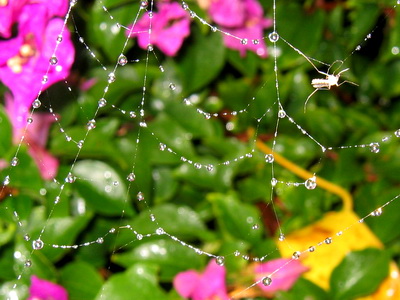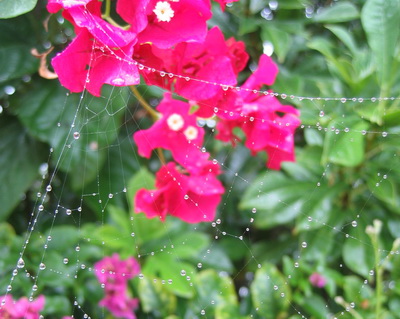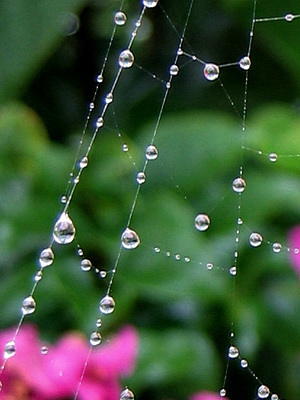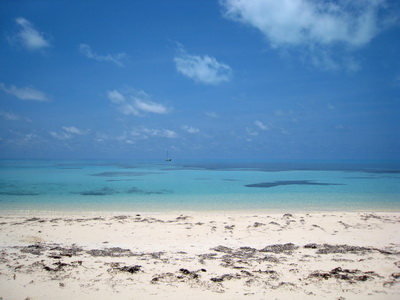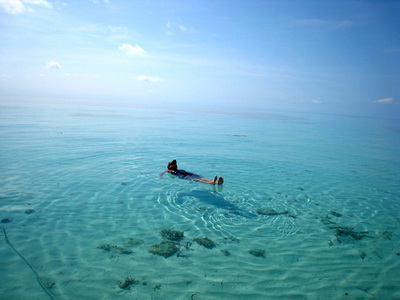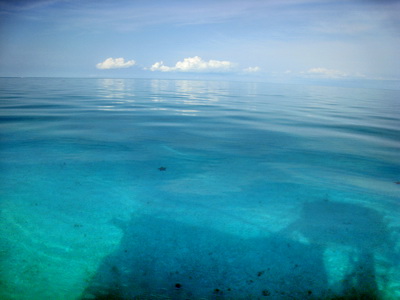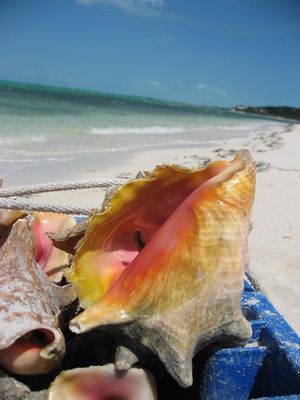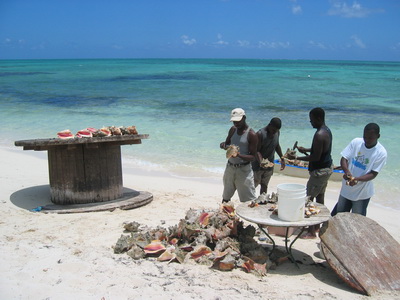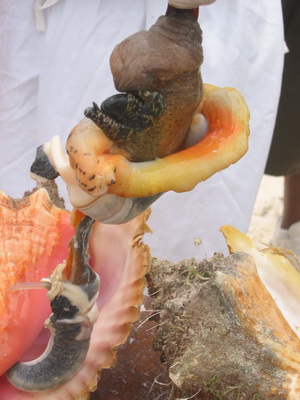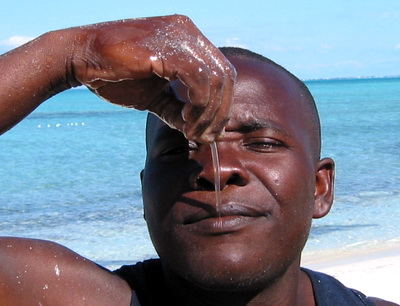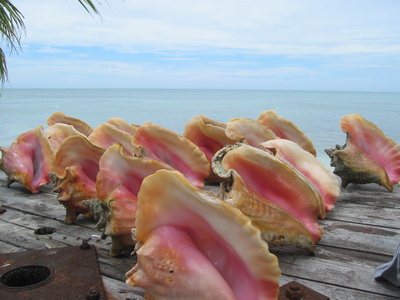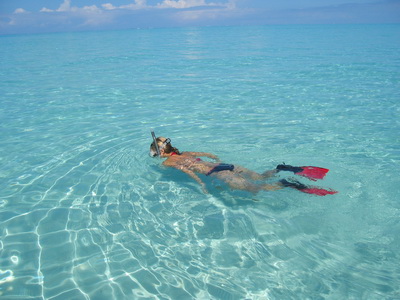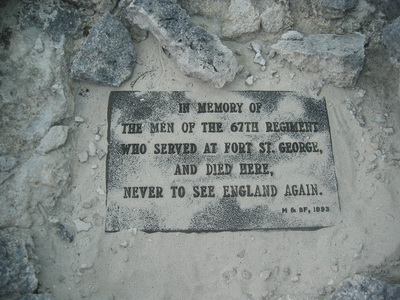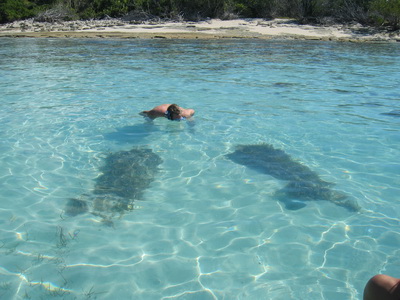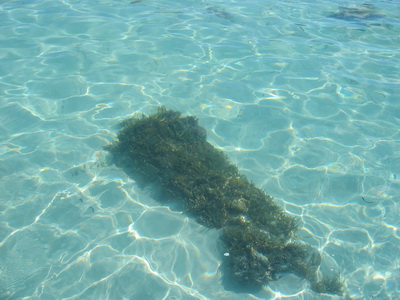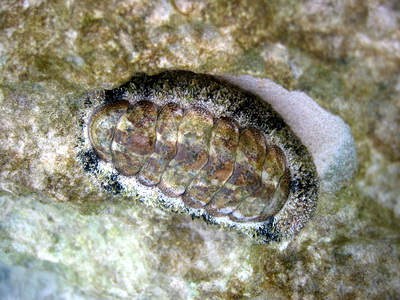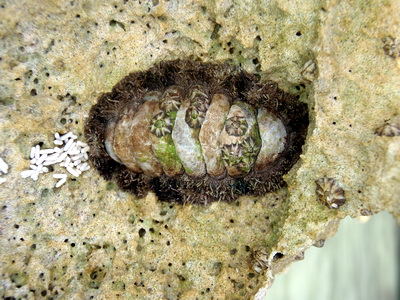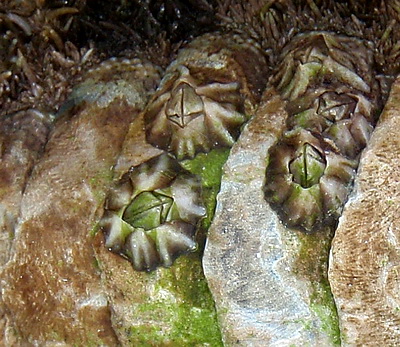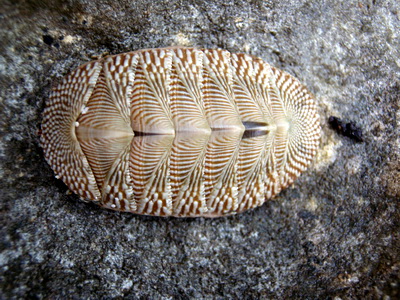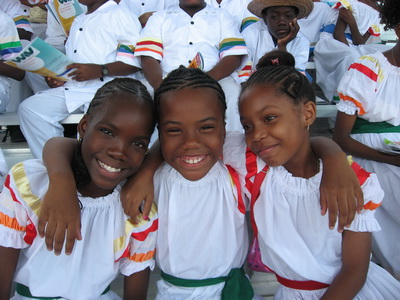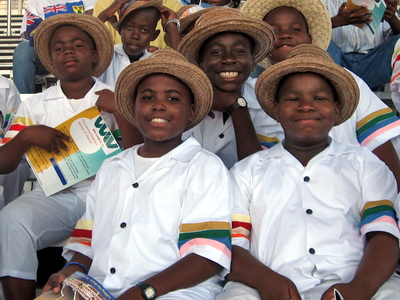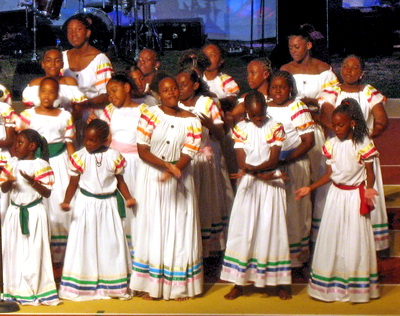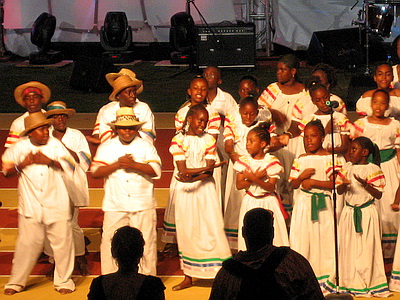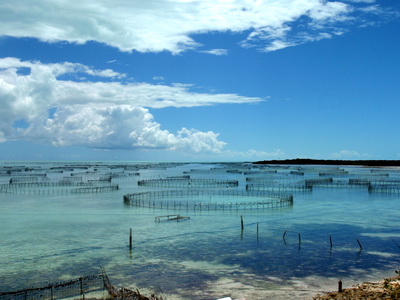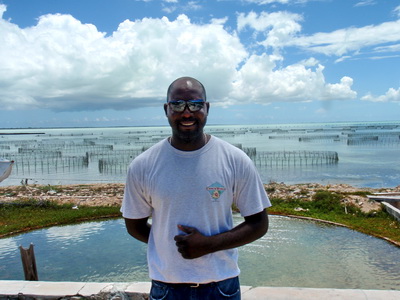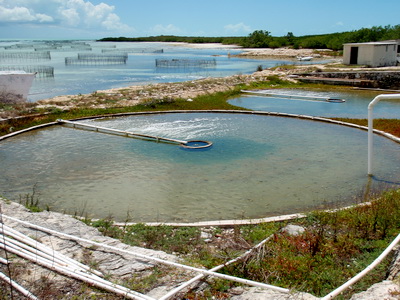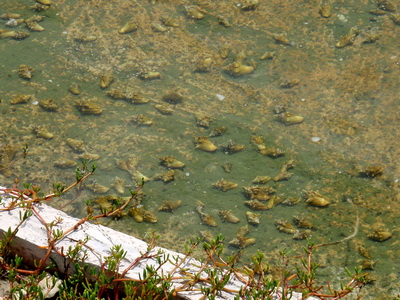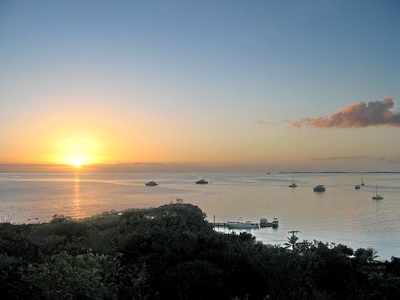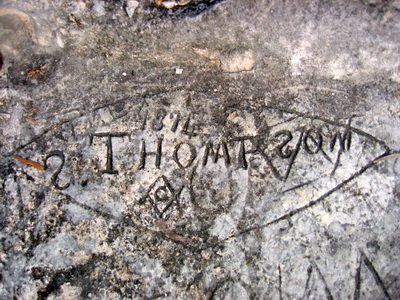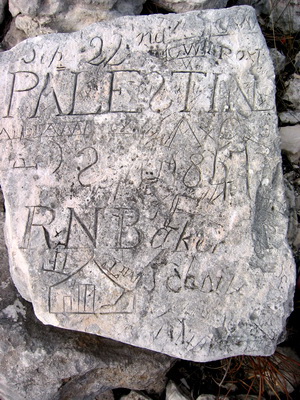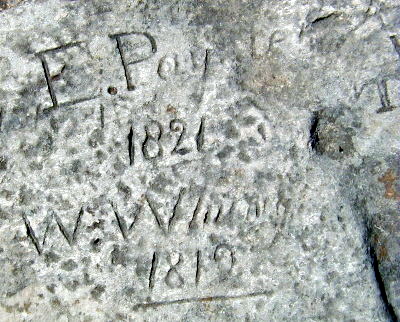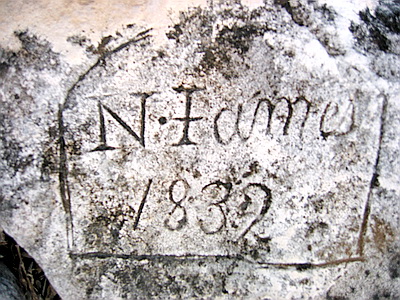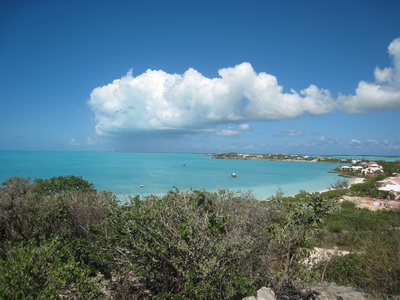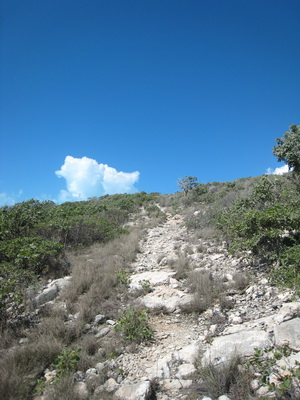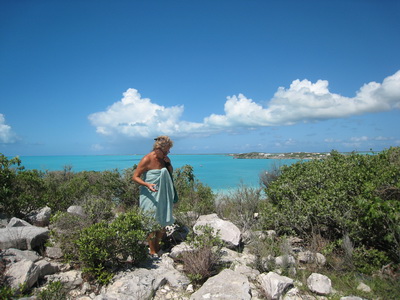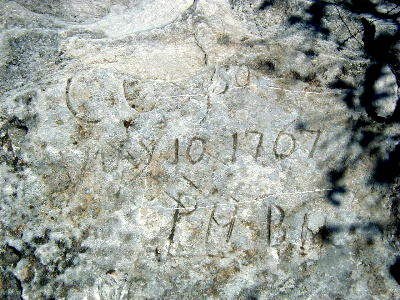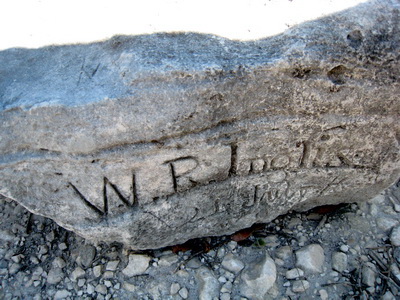
My favourite photo of Chalk Sound taken from the road infront of this private home with its' own Juliet balcony
Many peoples introduction to Chalk Sound is from the air coming into the airport. It has the most spectacular turquoise colourations dotted with mini cays or islands. For those of you familiar with our second home in Banff, Alberta, Canada…..we have Peyto Lake which has similar turquoise colour that is due to glacial rock particles that are suspended in the water.
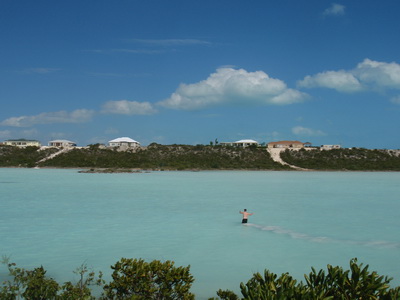
We were lunching at Las Brisas Restaurant one day and I happened to catch some photos of this gentleman going for a swim
Chalk Sound is variously referred to as a large lake, a land locked lagoon, a large natural creek , a bay or sound as well as an inland waterway. Take your pick. It is shallow and silty and you can see the clouds of fine sand particles kicked up by the above swimmer. That’s what gives the water its stunning turquoise colour.
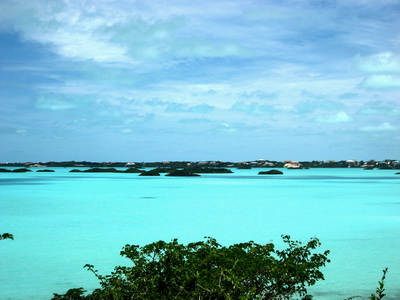
View of the water looking towards Silly Creek and the residential area of beautiful private homes
Chalk Sound is a national park and is approximately three miles long (5 km) and lies in the south west part of Providenciales. At one time in the early 1900’s it was leased for raising and canning turtles, lobster and shellfish. Mr George Silly ( a part of Chalk Sound called Silly Creek still retains his name ) lived on a barren bluff between the two entrances to Chalk Sound in a thatched roofed cottage and he had a small shop and a cannery there.
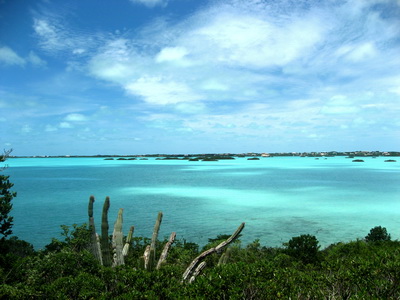
Clouds reflecting in the turquoise waters of Chalk Sound
The history of Chalk Sound revolves around various commercial enterprises such as mentioned above. George Silly also leased Chalk Sound and tried to rejuvenate the sponge industry. He had 250,000 cuttings of reef sponges sown. He continued this experiment of planting sponge beds but the operation died out after his death in 1917 and was abandonned after the war.
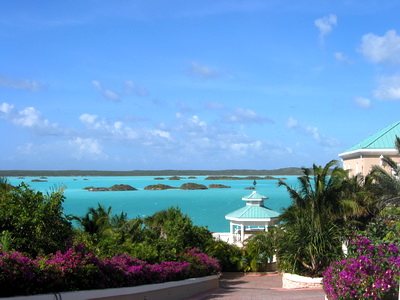
Chalk Sound private home with a million dollar view
Today Chalk Sound is lined with spectacular homes but you can rent kayaks from Las Brisas Restaurant or perhaps be lucky enough to see the kids learning how to sail a Caicos Sloop. Stop in at Las Brisas Restaurant for a delicious lunch or dinner with one of the best views on Provo. Their Paella is really good………Pina Coladas too!!
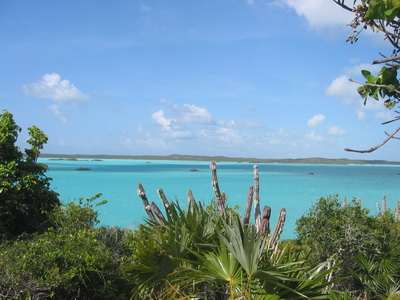
An Old Man Cactus stands tall against the panoramic blue turquoise background of Chalk Sound
Marta
http://www.harbourclubvillas.com
